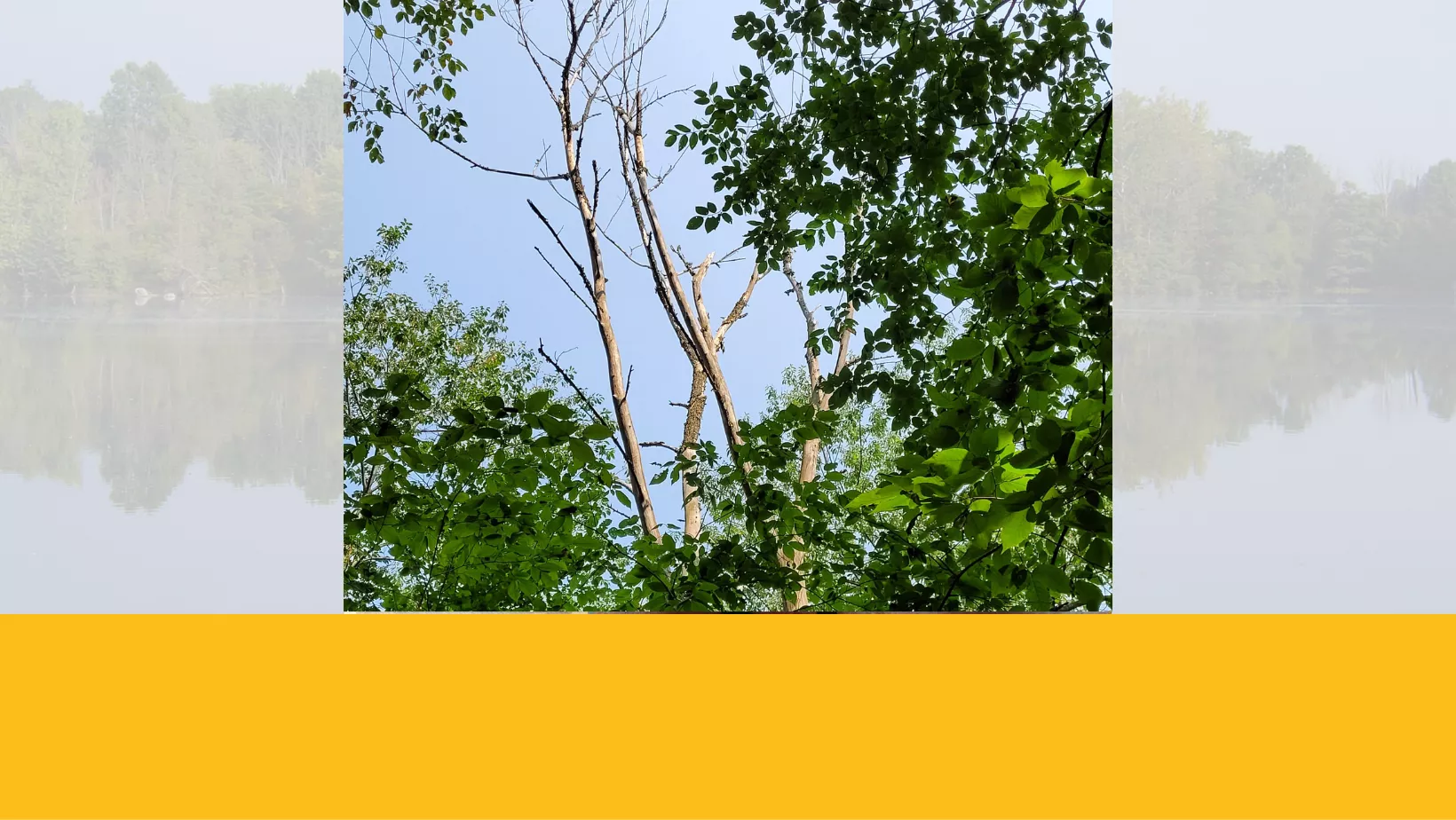Dead Tree Safety:
Happy August, everyone! Summer is on the move as it tends to do every year. This month our safety topic is about dead trees and the dangers they can create for you, both in the woods and in urban areas. There are also a few factors that can increase the danger of dead trees, and there are helpful ways to help protect yourself from them.
Dead trees are trees that no longer contain life and are often referred to as snags. These trees are now going to begin the decomposition process and start to break down. Dead trees will often start to drop their branches, sluff bark, and eventually fall over or crumble over time. There are also natural factors that can help increase this process such as:
- Wind – wind will blow the dead tree around causing its branches to drop in any direction and several feet away from the tree. This can also cause the tree to fall over.
- Animals – animals such as birds will start to peck away at dead trees to look for a food source such as insects that are now living in the dead tree.
- Insects- once a tree dies, insects and decomposers will move into a tree to start eating away at it, causing the tree to become unstable over time.
In an urban environment, it is smart to keep an eye on your trees to watch for the signs of a sick or dying tree that can pose dangers, such as a dead top, signs of disease, or premature yellowing of all the leaves. These are trees to think about removing to help promote the safety of the people that might walk near this tree.
In the woods for work or recreation, be sure to check the weather for windy conditions and watch for potentially dangerous trees. Try to avoid these trees as best you can for maximum safety. If you are working in the woods, you should bring a hard hat with you, especially during windy days to help prevent major injury from branches that may fall on you from above.
At Steigerwaldt, prior to heading into the field, our team members assess field and weather conditions to ensure they are aware of any safety precautions they may need to take. Once in the field, they keep their eyes and ears open for any indications of dead tree danger. Our team is provided with safety glasses and hard hats to wear to help mitigate potential injury from falling branches or debris.
Enjoy the rest of your summer, but remember to look up and watch out for dead trees or trees that have dead limbs or tops.
~Nate Loeffler, Forester







